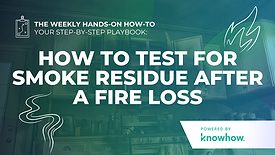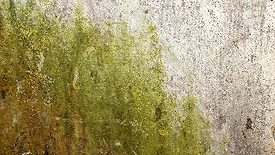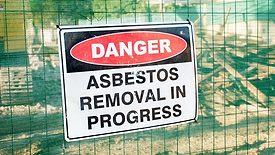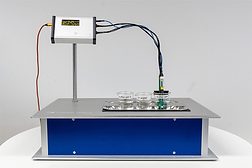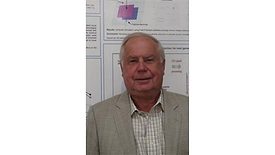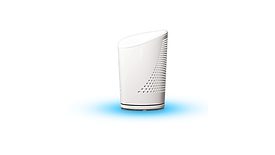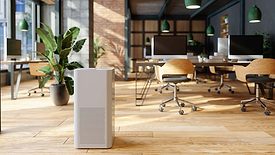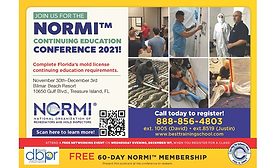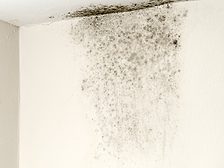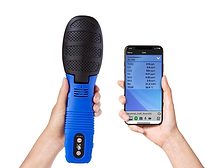Home » Keywords: » contamination testing
Items Tagged with 'contamination testing'
ARTICLES
Weekly Hands-on How-To powered by KnowHow
Unseen damage can linger after a fire loss, discover how proper testing for smoke residue ensures comprehensive mitigation efforts
Read More
Zero Tolerance for Toxic Molds: Essential Steps for Successful Remediation
Identifying Target Spores as Part of a Post-Remediation Clearance Process
Read More
The Asbestos Testing Cut-Off Date Myth, Part 1
Debunking the Asbestos Testing Cut-Off Date Myth – What You Need to Know
Read More
News Headlines
New Sensor for the Assessment of Water Quality
Fraunhofer IPMS develops new multi-sensor system for water analysis.
March 21, 2024
How Can You Tell if Your Mold Remediation Is Good Enough for Sensitized Occupants?
Mycotoxin Testing Can Help
Read More
Stay ahead of the curve with our eNewsletters.
Get the latest industry updates tailored your way.
JOIN TODAY!Copyright ©2025. All Rights Reserved BNP Media.
Design, CMS, Hosting & Web Development :: ePublishing
